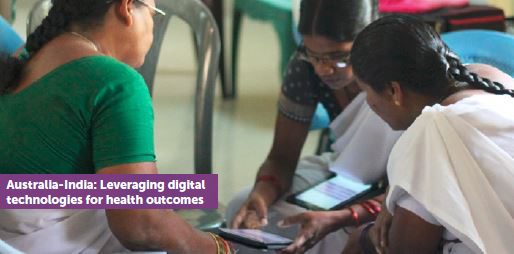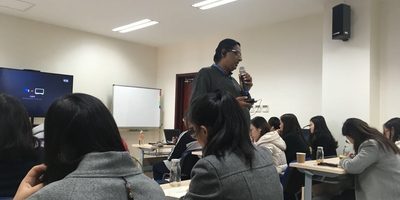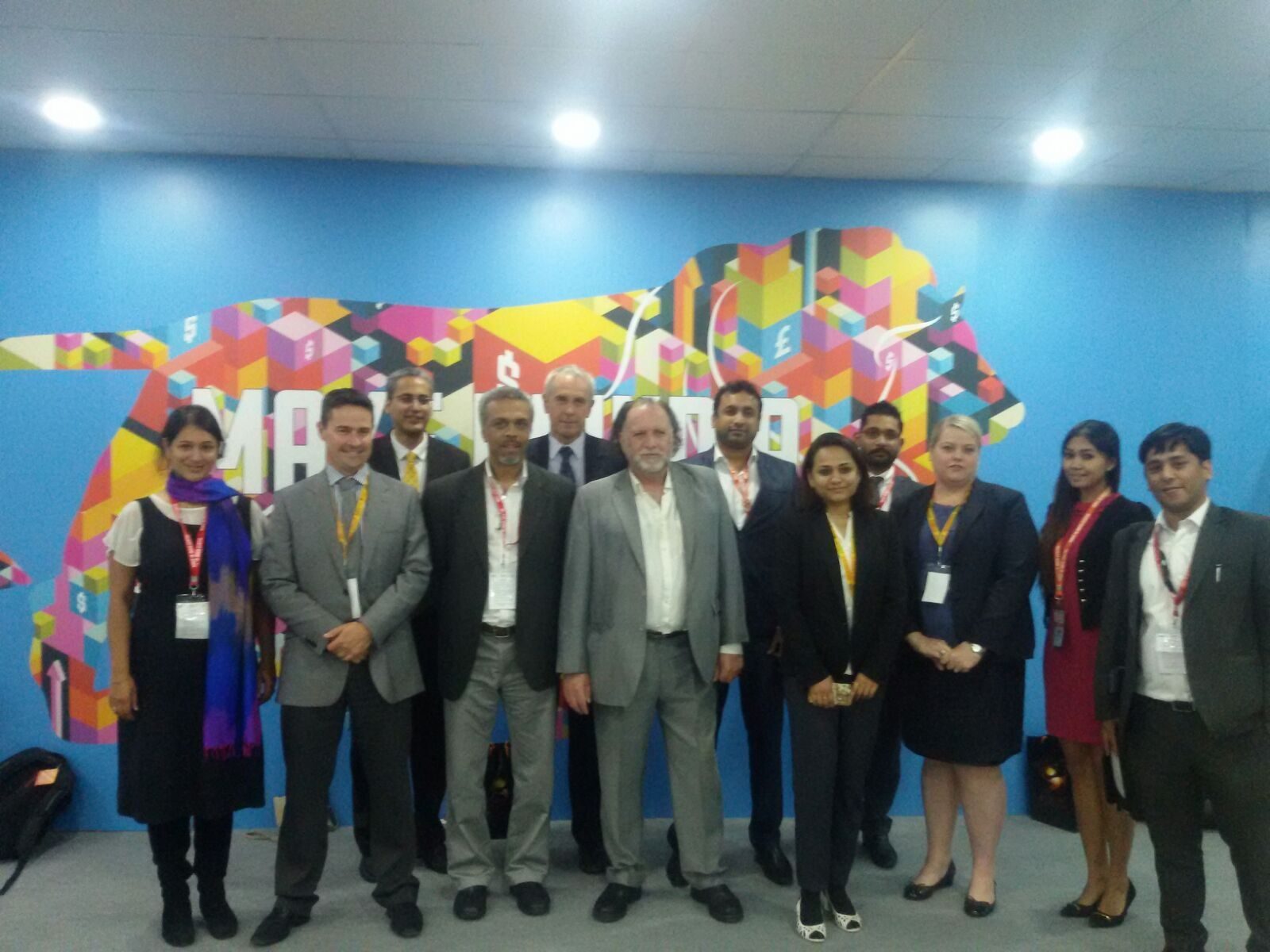By Professor Vivekanand Jha. First published by ETHealthWorld.com
Dialysis is one of the first technological innovations in medicine - and the only treatment that does not involve transplant, and yet allows a patient with end stage organ failure to live long, healthy and productive lives. Currently, about 2.4 million people are alive on dialysis worldwide.
Dialysis removes the “waste” chemicals that accumulate in the blood because the failed kidneys are unable to excrete them. It can be done in two ways: haemodialysis in which the blood is taken out of the body and passed through a machine, and peritoneal dialysis, in which a natural internal membrane lining the abdomen is used to clear the blood. The first one is typically done at dialysis facilities, whereas the second one is done at home. Since the “waste” accumulation is continuous, dialysis must be repeated at regular intervals. This is critical, since the long-term and repetitive nature of this treatment has major health and economic implications.
In India, dialysis is reserved for the very rich, or to those lucky enough to be eligible for full medical reimbursement. Everyone else faces crippling long term expenditure and descent into deep poverty. It is estimated that about 200,000 new patients develop end-stage kidney failure every year in India. Even though about 70-80% of them actually start dialysis, resource limitations force about two-thirds of the starters to withdraw and be condemned to death. Most of these patients are young, in the prime of their lives - family breadwinners or homemakers. Losing them has devastating impact not only on the families but brings down the productivity of entire society and reduces the national income.
As the size of the middle class, and people with “disposable incomes” has grown, the number of people seeking - and staying on - dialysis is increasing. Dialysis centres, till recently the preserve of large cities, are opening regularly even in smaller cities, thus bringing the treatment close to patients' homes. Estimates put the number of patients on dialysis in India currently at about 100,000. India’s demand for dialysis is growing at a rate of 31 percent, compared to 6 percent in the US and 8 percent in the rest of the world. Mathematical modelling using data from comparable countries shows that if access to treatment was not restricted, this number would be approximately 1,100,000, highlighting a large unmet need, and therefore an opportunity.
The quality of treatment across facilities is uneven, and is especially poor in smaller towns. Setting up a dialysis facility requires practically no regulatory approval. Many centres adopt questionable strategies to cut costs and maximize profits, often compromising outcomes. Mom-and-Pop dialysis units run in several instances by non-physicians, get away with practices that would earn opprobrium in mature medical systems. Information asymmetry, cost and geographic limitations force patients to accept whatever they get.
Patients on dialysis have complications related to many other organ systems - the main ones being cardiovascular disease, lack of production of red blood cells, and abnormal bone health. All this requires regular monitoring, ideally by nephrologists, of whom there are only about 1600 in the entire country (just about 1.3 for every million Indians). Similarly, the number of trained dialysis technicians and nurses is woefully small.
A major gap is lack of reliable data to guide practice. All over the world, programs mandatorily collect and report data on the clinical outcomes of dialysis patients, an important activity that helps decide how the programs stand up to international comparisons, and provide valuable information to the public and policy makers.
There are signs, however, that things might be changing. The main drivers of this change are changing reimbursement policies, increasing coverage through insurance schemes, empowered consumers, involvement of professional societies and consolidation of dialysis industry. But there is evidence that an increasing number of individuals are benefitting from these schemes. The Indian Society of Nephrology has published guidelines to empower nephrologist-physicians looking to set up dialysis units and implement quality standards. The entry of dialysis chains, like NephroPlus, DaVita and Sparsh is likely to bring operational as well as clinical improvements, through establishment of quality measures, uniform protocol-driven practices and accountability. There has been a sharp increase in the number of nephroloist training positions, and at this time about 100 seats are available every year. Efforts are being made to scientifically evaluate outcomes of patients on dialysis through systematic studies.
The demand for dialysis is only going to go up, and the society urgently needs to explore cost-effective and scalable solutions over a relatively short time frame. One option is promoting peritoneal dialysis, which is cheaper, does not have infrastructure and manpower requirements, and has been adopted as the preferred modality by many countries - Thailand being the latest example.
Industry also needs to come to the fore - with indigenous manufacturing of dialysis machines and disposables, which will reduce the cost. There is a global drive to find cheaper dialysis solutions, only then will Indian patients be able to get the full benefit of this lifesaving therapy.
Professor Vivekanand Jha is the Executive Director of The George Institute, India, and Professor of Nephrology and James Martin Professorial Fellow at the University of Oxford.













